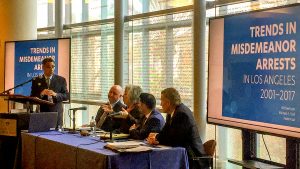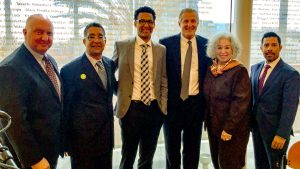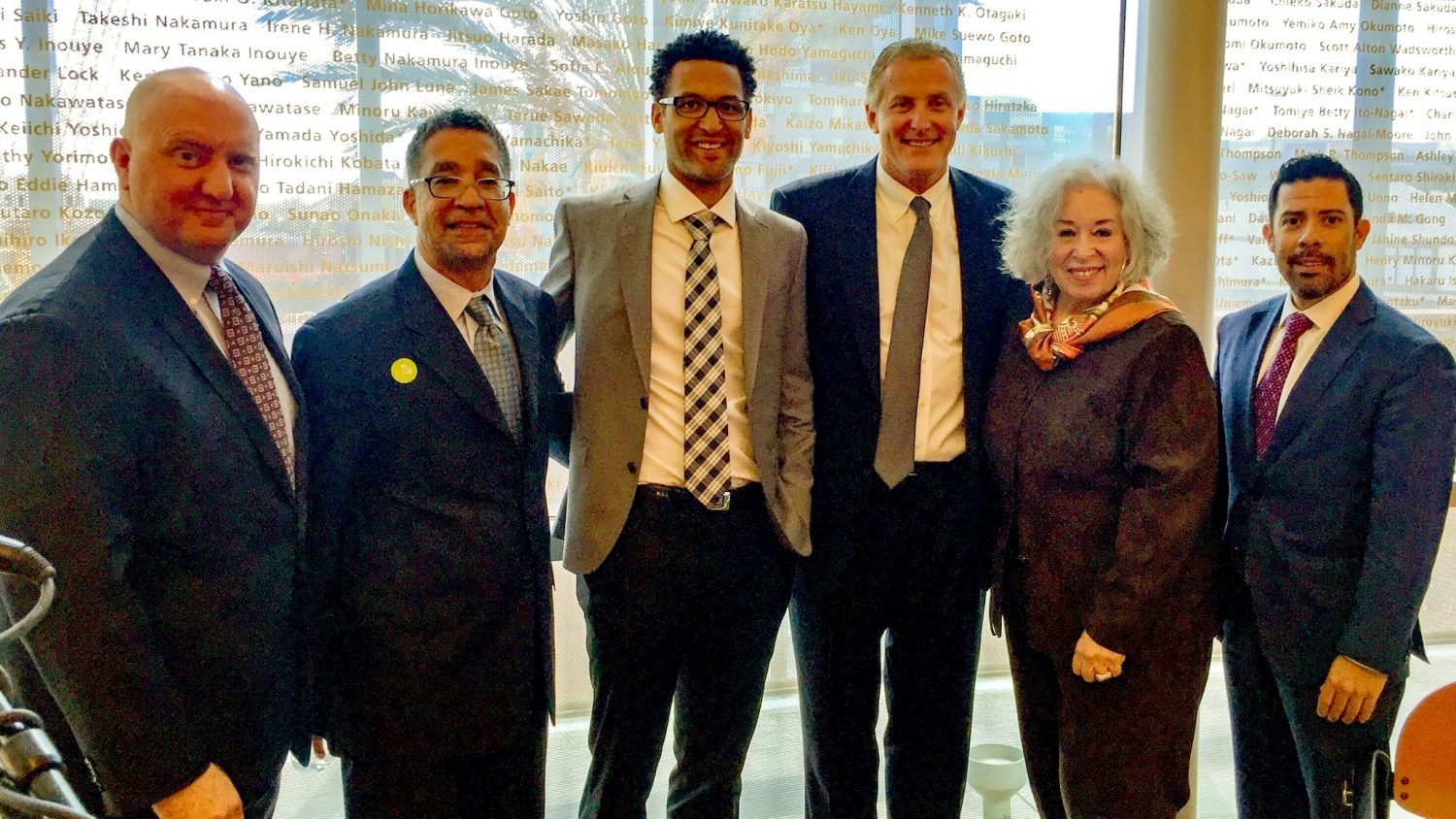Weisburst on Impact of Expanding Police Forces
An article in the College Fix highlighted research co-authored by Assistant Professor of Public Policy Emily Weisburst on how increasing the size of a police force affects crime and arrest rates. The researchers found that the hiring of an additional 10 to 17 full-time police officers prevented one new homicide per year — a decline that’s twice as large for Black victims in per capita terms. Yet with each extra officer came seven to 22 new low-level arrests for offenses such as liquor violations and drug possession. The research team analyzed police employment data for 242 U.S. cities with populations greater than 50,000 over a 38-year period. “This study provides an estimate of the historical trade-offs of investments in law enforcement and, critically, the resulting implications for communities of color,” the authors said. The findings, first published in a December 2020 working paper, will appear in a forthcoming issue of American Economic Review: Insights.




